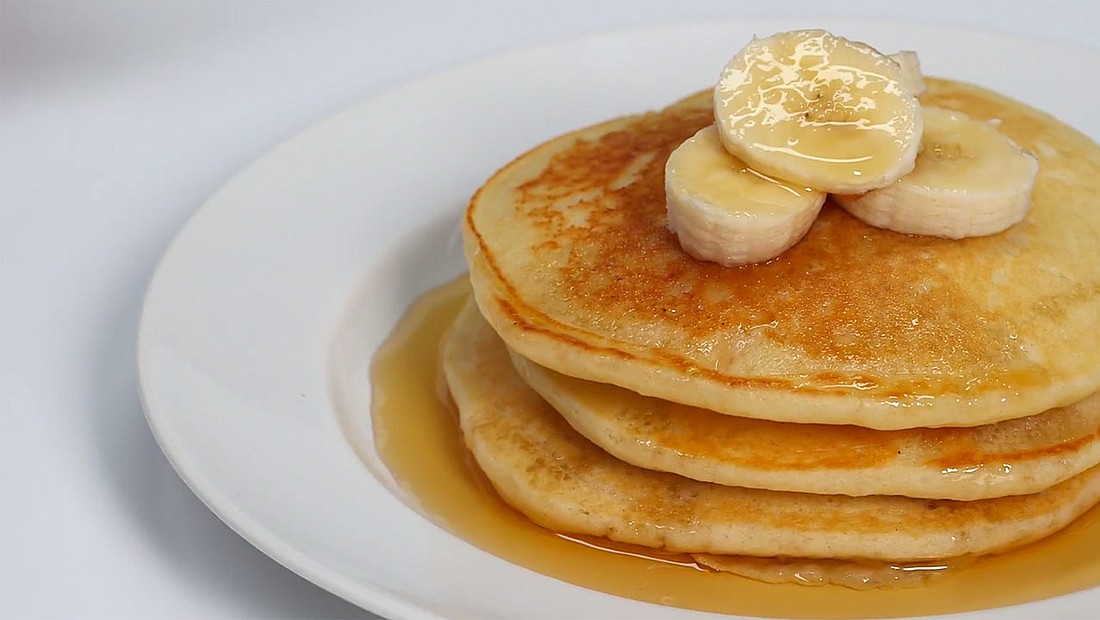How to Bake Easy
April 2, 2018 at 8:27 a.m. | Updated March 27, 2024 at 7:04 p.m.
Baked goods are a sneaky hiding place for extra salt even though they don’t taste salty. Don’t let them fool you. Manufacturers add plenty of salt and sodium preservatives to keep baked goods fresh.
Baking soda and baking powder also add to the sodium content of quick breads. A teaspoon of salt has about 2,300 milligrams of sodium, while a teaspoon of baking soda has nearly 1,600 milligrams. Baking powder comes in at about 500 milligrams per teaspoon. If you check many recipes, you’ll see they contain all three, plus salted butter or margarine. It’s a quadruple salt whammy!
To keep your blood pressure under control and your kidneys healthy, we need a tasty diet much lower in salt than what a typical American eats. So, how can we get the salt out of baked goods?
Switching to unsalted butter when you bake can make a big difference in the sodium content of treats. Also, I suggest making your own pre-made low-sodium baking mix much like Bisquick or Krusteaz. Whip up a “Master Mix” ahead of time, keep it in a container, and make low-sodium baked goods at the drop of a hat. This recipe has about 270 milligrams of sodium per dry cup, compared to Bisquick’s 1,500 milligrams.
So, the next time you are hankering for homemade pancakes, banana or zucchini bread, or orange muffins, just whip out your Master Mix. In about half an hour, you and your family will have truly wholesome treats. For more Master Mix recipes, visit Northwest Kidney Centers’ website at www.nwkidney.org.
Master Mix
8 ½ cups all-purpose flour1 tablespoon baking powder
1 teaspoon baking soda
2 teaspoons cream of tartar
1 ½ cups instant nonfat milk powder
2 ¼ cups cubed margarine or shortening
Sift together flour, baking powder, cream of tartar, baking soda, and milk powder. Cut in shortening/margarine with a pastry blender until evenly distributed. Store in a large, airtight container in a cool, dry place. Use within 10-12 weeks.
Nutrition information: Sodium content per cup equals 270 milligrams.
Pancakes from Master Mix
1 1/2 cups Master Mix1 egg, beaten
1 cup water
1 tablespoon vegetable oil
In a large bowl mix together egg and water. Add Master Mix and stir until blended. Adjust water as needed to make medium thick batter. Heat skillet over medium heat and add oil. Pour small amount of batter into skillet to form small pancakes. Cook until batter surface forms small bubbles. Turn pancakes over with a spatula and continue cooking on other side. Makes about 8 four-inch pancakes. Serving size is 2 pancakes.
Nutrition information: Calories: 265; Fat: 11 g; Protein: 7 g; Carbohydrates: 34g; Sodium: 200 mg
The information in this column is meant for people who want to keep their kidneys healthy and blood pressure down by following a low-sodium diet. In most cases, except for dialysis patients, a diet high in potassium is thought to help lower high blood pressure. These recipes are not intended for people on dialysis without the supervision of a registered dietitian.
Katy G. Wilkens is a registered dietitian and department head at Northwest Kidney Centers. A recipient of the Susan Knapp Excellence in Education Award from the National Kidney Foundation Council on Renal Nutrition, she has a Master of Science degree in nutritional sciences from the University of Washington. See more of her recipes at www.nwkidney.org.





